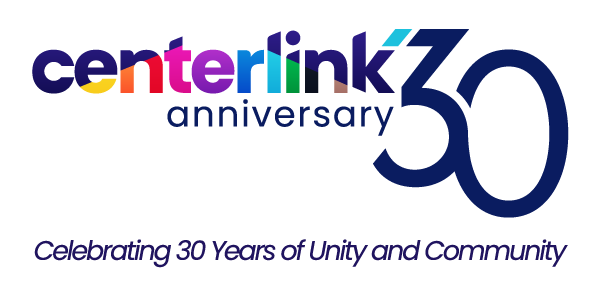History of the Community Center Movement
When the first lesbian and gay community centers in the country opened their doors in 1971 in Los Angeles, CA, and Albany, NY, their premise was revolutionary: that lesbian and gay people deserve to live open, fulfilling, and honest lives free of discrimination and bigotry, with access to culturally appropriate social services, as equal partners in the cultural and civic life of the community. During the early and mid-1970s, gays and lesbians in a dozen other cities staked similar claims and launched community centers. Offering everything from "coming out" support groups to health clinics and meeting spaces for community organizing, centers became the hub of community activity and the catalysts for progressive social change.
As AIDS ravaged the gay men's community in the mid-1980s, centers were at the forefront of HIV caregiving, education, prevention, and advocacy. Even as the demographics of the epidemic shifted to non-gay inner-city populations and other at-risk groups, LGBTQ community centers continued providing HIV services to all. Today, many of these earliest centers are still the major urban providers of AIDS-related services and prevention efforts.
Throughout the 1990s, the community center movement spread to increasingly smaller cities and towns. By 2000, nearly half the 100 community centers were their area's only staffed non-profit LGBTQ presence - the first point of contact for people seeking information, coming out, accessing services or organizing for political change. The diversity of programs and services offered by centers (and their financial stability) reflected the unique needs and interests of the communities they served.
In July of 1987, Eric Rofes and Richard Burns convened a gathering of lesbian and gay community center leaders at the Los Angeles Gay and Lesbian Community Center in conjunction with the National Gay and Lesbian Health Association annual conference, seeking to build peer support and an exchange of ideas. As the number of LGBTQ community centers around the nation grew, so did the need for mutual support and technical assistance.
In June of 1994, the heads of the Dallas, Denver, Los Angeles, Minneapolis, and New York centers (respectively, the late John Thomas, Kat Morgan, Lorri L. Jean, Ann DeGroot, and Richard Burns) launched the National Association of LGBT Community Centers as part of the celebrations marking the 25th Anniversary of the Stonewall Rebellion with the goal of strengthening the movement of LGBTQ community centers. At that time, more than thirty centers gathered for an all-day meeting at the Lesbian & Gay Community Services Center of New York during the Stonewall 25 commemorations. The Association began organizing twice-yearly annual meetings in conjunction with the Health Association conference and the National Gay and Lesbian Task Force Creating Change Conference. Regional meetings also were organized around the country.
Without paid staff, the Association relied for many years on the leadership and coordination efforts of an annually elected Executive Committee comprised of seven leaders of member centers. By 2004 the Association had become successful enough to hire its first full-time staff person.
In January 2004, CenterLink hired its first executive director and opened a national office in Washington, DC. CenterLink has greatly enhanced its visibility with LGBTQ community centers and laid the foundation to make ongoing support and technical assistance available. We continue to intensify our efforts to build sustainable LGBTQ community centers to ensure that LGBTQ people have access to and benefit from identity-affirming and life-saving services and programs.
In 2008 the Association changed its name to CenterLink. Today, CenterLink has 17 full-time staff and over 350 member centers. CenterLink produces an annual summit for executive directors and board leaders of LGBTQ community centers and provides technical assistance and support to over 500 individuals and centers annually.
CenterLink and its programs are committed to providing those services that better target and more effectively meet the capacity-building needs of LGBTQ community centers. To that end, the organization has focused its work on the following areas:
- Leadership development for community center executive directors and board leaders through the Leadership Institute;
- Expanding the organizational capacity of community centers by helping to increase their level of professionalism and community linkages;
- Building advocacy capacity by helping centers to become more effective and powerful voices for meeting the needs of their grassroots LGBTQ communities through ActionLink;
- Building the capacity of LGBTQ community centers to respond to the public health needs of the LGBTQ community and stay connected with public health networks at the local, state, and national levels through HealthLink;
- Building a network of youth centers and community center youth programs that will provide training, technical assistance, and networking opportunities through YouthLink;
- One-to-one technical assistance, advice, and support for individuals at centers and those looking to create a center.
